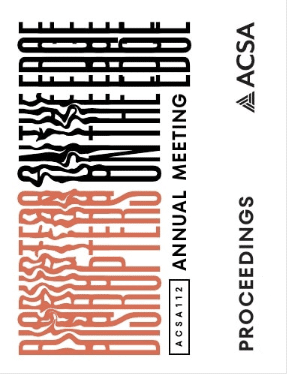Author(s): Jakub Świerzawski, Justyna Kleszcz, Ming Hu & Piotr Kmiecik
Adaptive reuse is the process of renovating old buildings for new use. It is often seen as a more sustainable option than demolition and new construction, as it can help to reduce waste and conserve resources. However, there has been limited research on the environmental benefits of adaptive reuse from a life cycle perspective. This study aims to provide empirical evidence of the environmental benefits of adaptive reuse by conducting a life cycle analysis (LCA) of a three-story historical building in Zabrze, Poland. The LCA compared the environmental impacts of the historical building to those of a proposed adaptive reuse project. Five impact categories were assessed: global warming potential, ozone depletion potential, acidification potential, eutrophication potential, and smog formation potential. The results showed that adaptive reuse was effective in avoiding environmental impacts across most impact categories. Global warming potential demonstrated the highest avoided impact (82%), followed by smog formation potential (51%), acidification potential (27%), and eutrophication potential (21%). These findings provide quantifiable evidence of the environmental benefits of adaptive reuse and emphasize focusing on the adoption of adaptive reuse as an effective way to reduce carbon emissions and mitigate environmental impacts from the built environment.
https://doi.org/10.35483/ACSA.AM.112.39
Volume Editors
Germane Barnes & Blair Satterfield
ISBN
978-1-944214-45-6

 Study Architecture
Study Architecture  ProPEL
ProPEL 
